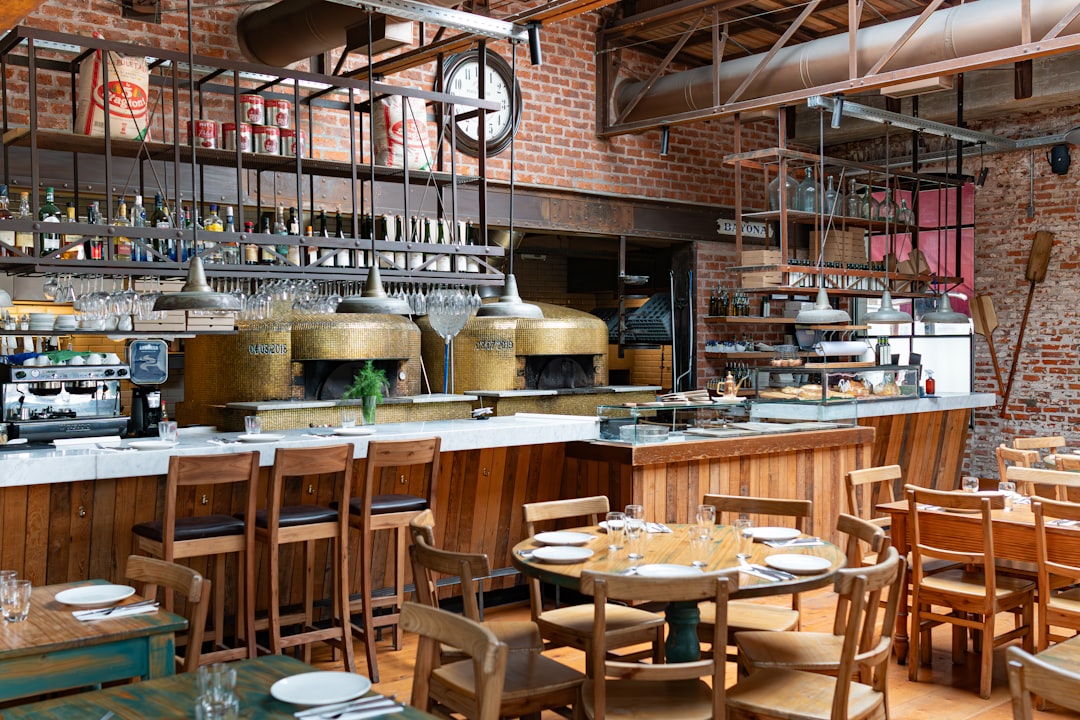The restaurant industry has always been a dynamic sector, filled with both opportunities and obstacles. Today's restaurant owners face a unique set of challenges that require innovative solutions and strategic thinking. Whether you're an established restaurateur or considering entering the business, understanding these hurdles is crucial for long-term success.
Ask any restaurant owner what keeps them up at night, and staffing issues will likely top the list. The industry continues to grapple with critical labor shortages, with operators consistently ranking workforce availability as their most significant challenge. These shortages go beyond simply finding warm bodies to fill positions.
Restaurant owner struggles to pay staff have intensified as wages rise to attract talent in a competitive market. The physical demands of restaurant work—long hours, late shifts, and physically taxing duties—contribute to high turnover rates. Many workers report physical exhaustion, back pain, and repetitive strain injuries as common occupational hazards.
The mental toll on staff is equally concerning. Customer interactions can be draining, especially when dealing with difficult patrons. This combination of physical and mental fatigue creates a cycle that's difficult to break:

Despite these challenges, the National Restaurant Association projects the industry will add 500,000 jobs in 2023, indicating a strategic focus on workforce growth. The question remains: how will restaurants attract and retain these workers in such a challenging labor market?
Financial challenges have intensified for restaurant operators. According to industry research from the National Restaurant Association, 92% of operators cite elevated food costs as a major concern. While the rate of cost increases may slow compared to the 2021-2022 period, they continue to exert significant pressure on already thin margins.
These financial pressures come from multiple directions:
Restaurant owners must perform a delicate balancing act: raising menu prices enough to maintain profitability without alienating price-sensitive customers. This challenge is particularly acute as the economy slows and household budgets tighten.
Think of it as walking a financial tightrope—lean too far in one direction by raising prices too high, and customers walk away; lean too far the other way by absorbing costs, and profitability vanishes. Finding that perfect balance point requires constant adjustment and market awareness.

The restaurant landscape underwent seismic changes during the pandemic, and many of these shifts have become permanent fixtures of the industry. How has the food industry changed since 2020? In countless ways that continue to present challenges for operators.
Downtown dining areas, once bustling with office workers and tourists, have seen dramatic changes in foot traffic patterns. Urban restaurants have had to adapt to new customer behaviors or risk closure. The rise of delivery and takeout has transformed operational models, requiring investments in technology and packaging that weren't previously necessary.
Consumer preferences have shifted dramatically as well. Today's diners increasingly prioritize experiential dining—84% prefer eating out over cooking at home, according to the National Restaurant Association's 2023 report. However, they also expect seamless digital ordering options, convenient delivery, and value for their dining dollar.
For many restaurants, this has meant a complete operational reinvention—imagine tearing down and rebuilding parts of your business while still serving customers daily. It's like changing the wheels while the car is moving.
Inventory management has become increasingly complex in recent years. Supply chain disruptions continue to plague the industry, contributing to elevated food costs and inventory challenges. Restaurant operators report difficulties in:
These challenges directly impact the bottom line. Without effective inventory systems, restaurants risk overordering (leading to waste) or underordering (resulting in menu unavailability and disappointed customers).
Consider a typical scenario: a restaurant manager orders extra produce anticipating a busy weekend, but unexpected weather keeps customers home. By Monday, that excess inventory starts to spoil—representing not just lost ingredients, but dollars directly subtracted from already thin profit margins.
Should your restaurant maintain a consistent menu or regularly introduce new items? This question represents a significant challenge for many operators. Restaurant menu changes come with both benefits and drawbacks.
Changing menus can create excitement and bring in new customers, but they also require additional staff training, new inventory items, and recipe testing. Consistent menus build reliability and operational efficiency but may not capitalize on seasonal ingredients or evolving food trends.
The best approach depends on several factors:
For example, a small family-owned Italian restaurant might thrive with a consistent, perfected menu of traditional dishes that locals return for again and again. Meanwhile, a downtown bistro might need seasonal menu rotations to keep the interest of trend-conscious urban diners and capitalize on Instagram-worthy new offerings.
While technology offers solutions to many restaurant challenges, implementing new systems presents its own set of obstacles. Restaurant operators must navigate:
Despite these challenges, technology adoption is increasingly essential for competitive advantage. Restaurants that effectively leverage technology for inventory optimization, labor scheduling, and customer relationship management gain significant operational efficiencies.
The challenge is particularly acute for smaller, independent restaurants. While large chains might have dedicated IT teams and substantial technology budgets, the neighborhood pizzeria must somehow find time between lunch and dinner service to research, implement, and learn new systems—often without technical expertise on staff.
With competition intensifying, customer retention has become more challenging—and more critical—than ever. Restaurants must work harder to maintain customer loyalty in an environment where diners have countless options.
Today's consumers expect more than just good food. They want:
Meeting these expectations requires a strategic approach to customer relationship management and a commitment to service excellence.
The most successful restaurants create emotional connections with their customers. They don't just serve meals; they create memorable experiences that patrons want to revisit and share with others. A server who remembers a regular's favorite wine or a chef who accommodates a dietary restriction with a special off-menu creation—these small touches build loyalty that survives economic downturns and trendy new competitors.
While the challenges facing the restaurant industry are significant, they're not insurmountable. Forward-thinking operators are finding ways to adapt and thrive by:
The restaurant industry has always required resilience and creativity. Today's challenges call for these qualities more than ever, along with a willingness to embrace new approaches and technologies.
By understanding these industry challenges and proactively addressing them, restaurant owners can position themselves for success in an evolving landscape. The path may not be easy, but with strategic planning and innovative thinking, restaurants can overcome these obstacles and build thriving businesses.
